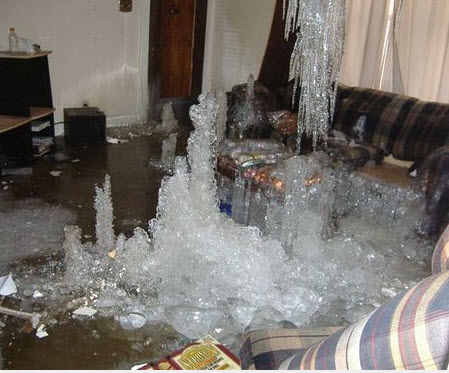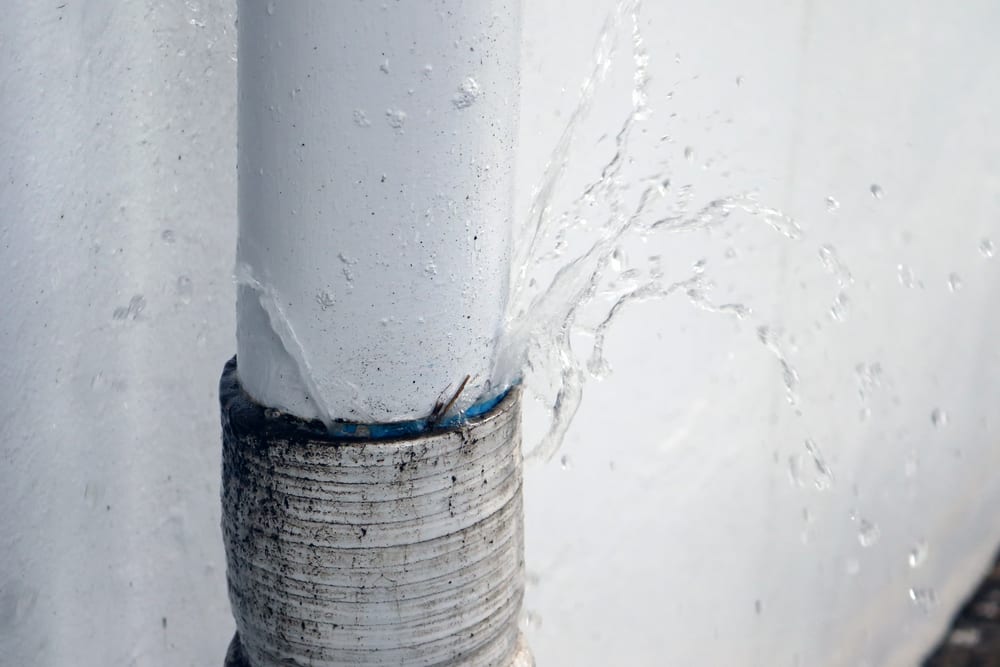From Detection to Correction: A Fast Approach to Handling Burst Pipes
From Detection to Correction: A Fast Approach to Handling Burst Pipes
Blog Article
We've found this great article on What to Know Before Installing a Dishwasher directly below on the web and felt it made good sense to relate it with you in this article.

A ruptured pipeline is a significant emergency; you can just stand as you enjoy water you pay a lot to rejoin with the planet. In even worse situations, you discover a pool on your kitchen flooring, which is a great journey hazard, specifically if you have youngsters around. If the pipeline that burst was in your walls, trouble: you might require to paint that entire section.
How can a calamity like a ruptured pipeline be avoided and managed? Well, by paying attention to your specialist emergency plumbing technicians as well as following these regulations.
Just how do I understand when my pipes have ruptured?
Varying water pressures
Pipes do not simply burst in a day. You may have noticed that your kitchen faucet or shower doesn't run instantly when you turn the tap. It might stop briefly for a few secs and afterwards blast you with even more force than common.
In other instances, the water might appear normal at first, after that drop in stress after a couple of seconds.
Wet walls as well as water stains
Prior to a pipeline bursts, it will certainly leak, most times. If this relentless leaking goes undetected, the leak may finish into a vast laceration in your pipe. One very easy method to avoid this emergency is to watch out for wet wall surfaces ad water discolorations. These water spots will lead you right to the leak.
Puddles under pipelines as well as sinks
When a pipeline bursts, the outflow develops a puddle. It might appear that the pool is growing in dimension, as well as despite the number of times you mop the pool, in a few mins, there's another one waiting to be cleansed. Frequently, you might not be able to map the puddle to any kind of visible pipelines. This is a sign to call an expert plumber.
Untraceable dripping sounds
Pipe ruptureds can happen in the most undesirable locations, like within concrete, inside wall surfaces, or under sinks. When the house goes quiet, you may have the ability to listen to an annoyingly consistent trickling noise. Even after you have actually examined your shower head and kitchen area faucet, the dripping may proceed.
Beloved reader, the leaking might be originating from a pipeline inside your wall surfaces. There isn't much you can do about that, except tell a specialist plumber.
Shut down the Water
When water freezes, it broadens in quantity by concerning 9 percent. And it expands with incredible pressure: The stress inside pipes may go from 40 extra pounds per square inch to 40,000 psi! No pipe can hold that much pressure, so it breaks open. The break might happen where the ice kinds, yet more often, it happens where water stress locates a weak point in the pipeline. That might be inches or perhaps feet from the icy location. Discover the water shutoff valve and also shut off the water to prevent even more damages. You may likewise need to turn off the electricity as well, relying on where the leakages takes place as well as just how large it is.
Infected water
Lots of people assume a burst pipeline is a one-way outlet. Quite the contrary. As water drains of the hole or tear in your plumbing system, contaminants find their method.
Your water might be contaminated from the source, so if you can, check if your water storage tank has any kind of troubles. However, if your drinking water is provided as well as detoxified by the local government, you need to call your plumber instantly if you see or smell anything amusing in your water.
What do I do when I detect a ruptured pipeline?
Your water meter will continue to run also while your water wastes. To lessen your losses, locate the main controls and turn the supply off. The water mains are an above-ground structure at the edge of your building.
How to Fix & Detect a Leaking Pipe
How Do I Know if a Pipe is Leaking?
Leak detection tests can help you determine if your pipe has a leak. Even if you don’t see an apparent leak, you should still conduct leak detection tests regularly to save water and money—and prevent major damage to your home.
Water meter. It can be helpful to figure out what your usual water meter usage numbers are and then monitor them regularly. To monitor your meter, first, turn off all water faucets in your home. Check the meter and write down the numbers. In a few hours, check the meter again. If the numbers have changed, you have a leak. Water gauge. Use a water gauge to test your water pressure. Your showerhead should produce a certain amount of water pressure based on its model and design. If the pressure is lower than it is supposed to be for that specific showerhead, your home likely has a leak. Puddles. Look inside your bathroom, laundry, and kitchen sink cabinets. Puddles around the cabinets or around toilets, tubs, showers, and washing machines indicate the presence of a leaking pipe. You may also notice loose tiles, peeling or flaking paint, or mold caused by water accumulation. Napkin test. Even if you don’t see any puddles, you may still have a leak. You can test for water leaks in the bathroom, laundry, and kitchen by wiping below-sink connections with a napkin, paper towel, or piece of toilet paper. If it becomes damp, you probably have a leaking pipe under the sink. Discolored walls. Walls that are discolored—usually with brown or yellow stains—or bulging might mean that they have been impacted by water damage caused by a leaking pipe. Smell. A leaky pipe will create sitting water, and over time, that water may develop a musty smell. If your home smells musty, but you can’t locate the source, it may be due to a leak. Steps for Fixing a Leaking Pipe
A leaky drain can be remedied by tightening the pipe base, replacing the drain seal, caulking the rim, and tightening the pipe nut. Similarly, a leaking toilet pipe can be treated by tightening the packing nut. You may also need to replace the valve. A leaky faucet may just need tightening or replacement of the washers. If that doesn’t work, consider replacing your faucet. If your pipe has a hole in it, you may want to use a pipe leak sealer or pipe leak tape. This quick fix for water pipe leaks can also temporarily fix a copper pipe leak. https://www.ahs.com/home-matters/quick-tips/how-to-tell-if-pipes-are-leaking/

As an enthusiastic reader on What to Know Before Installing a Dishwasher, I think sharing that article post was necessary. Be sure to set aside a second to share this post if you enjoyed reading it. Many thanks for your time. Don't hesitate to come by our website back soon.
Book Maintenance
Report this page